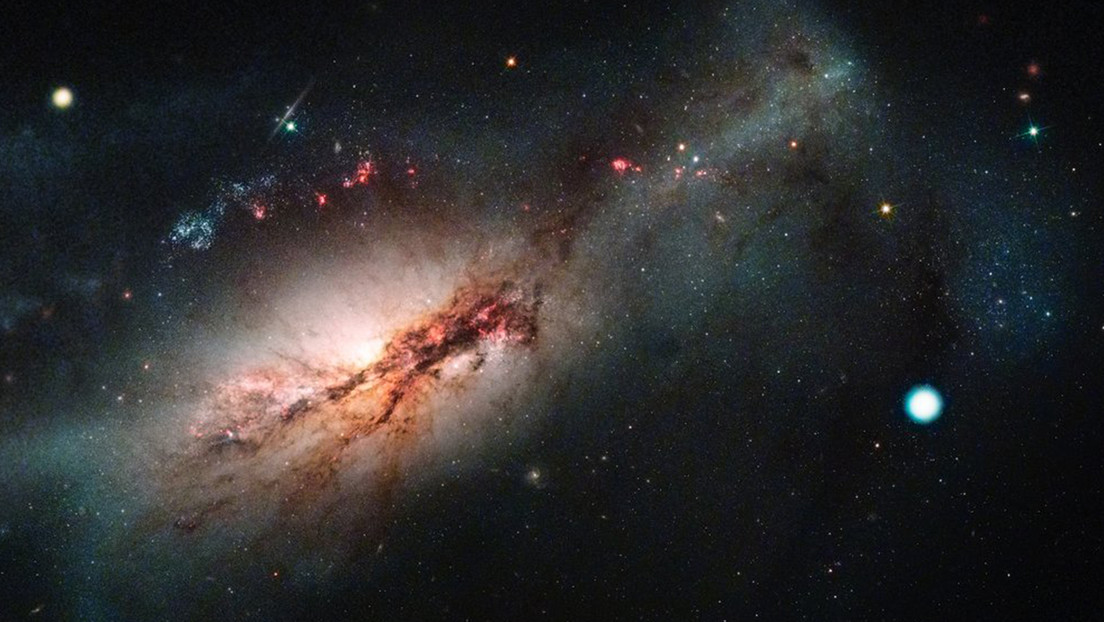Published:
30 June 2021 21:01 GMT
The erupting star occurred “relatively close, just 31 million light years” from Earth.
An international team of scientists led by the University of California at Santa Barbara (USA) has discovered the first definitive evidence for a new type of stellar explosion: an electron-capturing supernova, Communicates That educational institution.
The researchers focused their efforts on a so-called supernovaSN 2018zd‘, It had many unusual features, some of which were first seen in the exploding star. That supernova occurred “at a relatively close distance from Earth, only 31 million light years” Galaxy NGC 2146. That ‘closeness’ allowed scientists to analyze archival images taken by the Hubble Space Telescope before and after the appearance of the SN 2018zd.

Historically, supernovae have been divided into two main types: d Thermonuclear collapse And iron core. The eruption of a white dwarf star after receiving the object in the first binary star system, while the iron core collapse supernova occurs when there is a large star –More than 10 times the mass of the sun– Atomic fuel leaves and its iron core collapses, forming a black hole or neutron star.
The most famous supernova of the past
There are between these two types of supernovae Electron capture. These third-class supernovae stop fusion when their nuclei are made up of oxygen, neon and magnesium, but they are not enough Too big to make iron, Describe the study authors Published In the journal Nature Astronomy.
In an electron capturing supernova, some of the electrons in the nucleus of oxygen, neon and magnesium Inactivates in their nuclei, In a process called electron capture. The removal of electrons forms the center of the star Bends under its own weight And collapse, resulting in electron capture supernovae.
This new discovery also sheds light on the mystery of the most famous supernova of the past. A supernova on the Milky Way in 1054 (SN 1054), Which, according to Chinese and Japanese records, It was so bright It can be seen for 23 days and at night almost two years ago Crab Nebula. This would have been caused by the electron capture supernova.
If you like it, share it with your friends!





:quality(85)/cloudfront-us-east-1.images.arcpublishing.com/infobae/KTKFKR763RBZ5BDQZJ36S5QUHM.jpg)